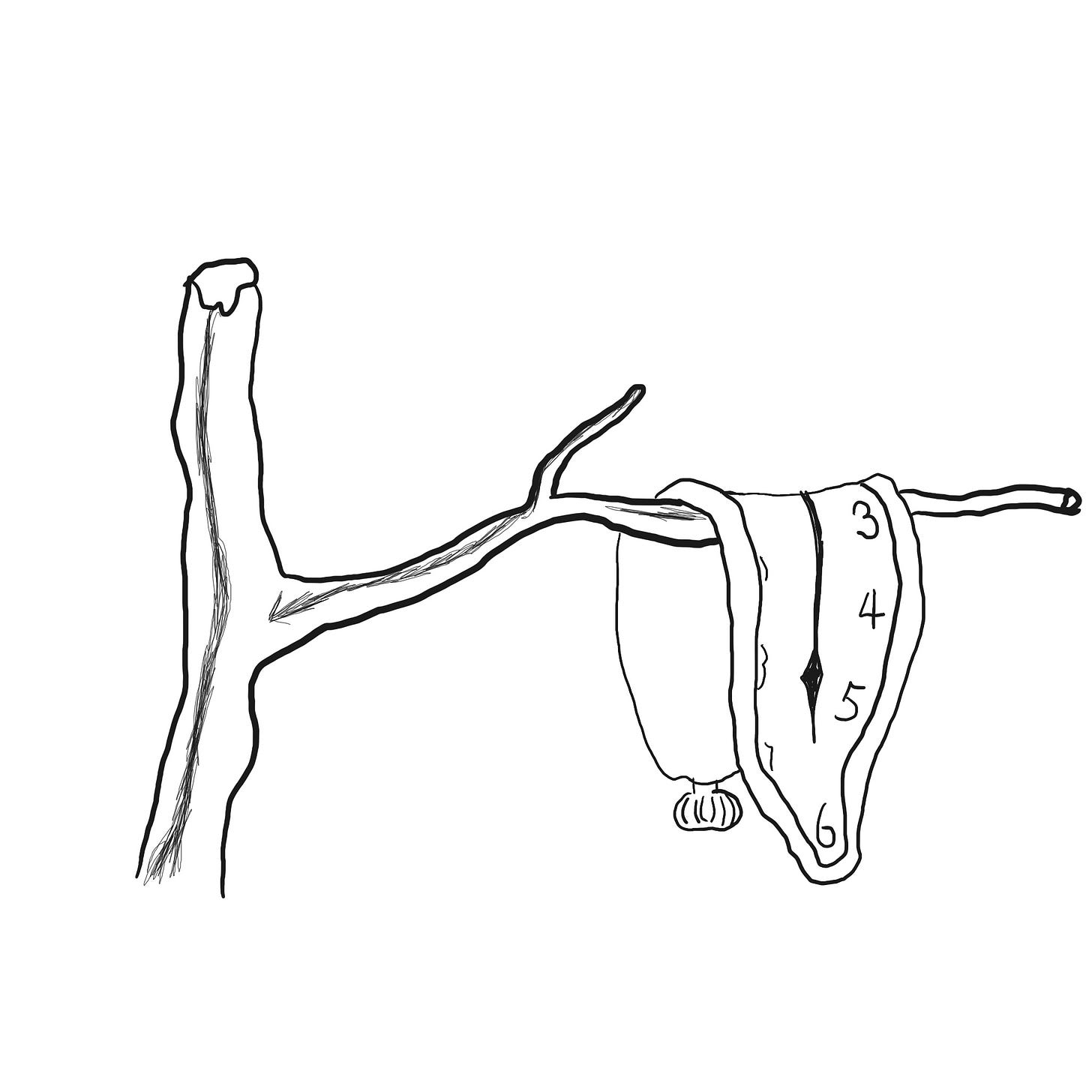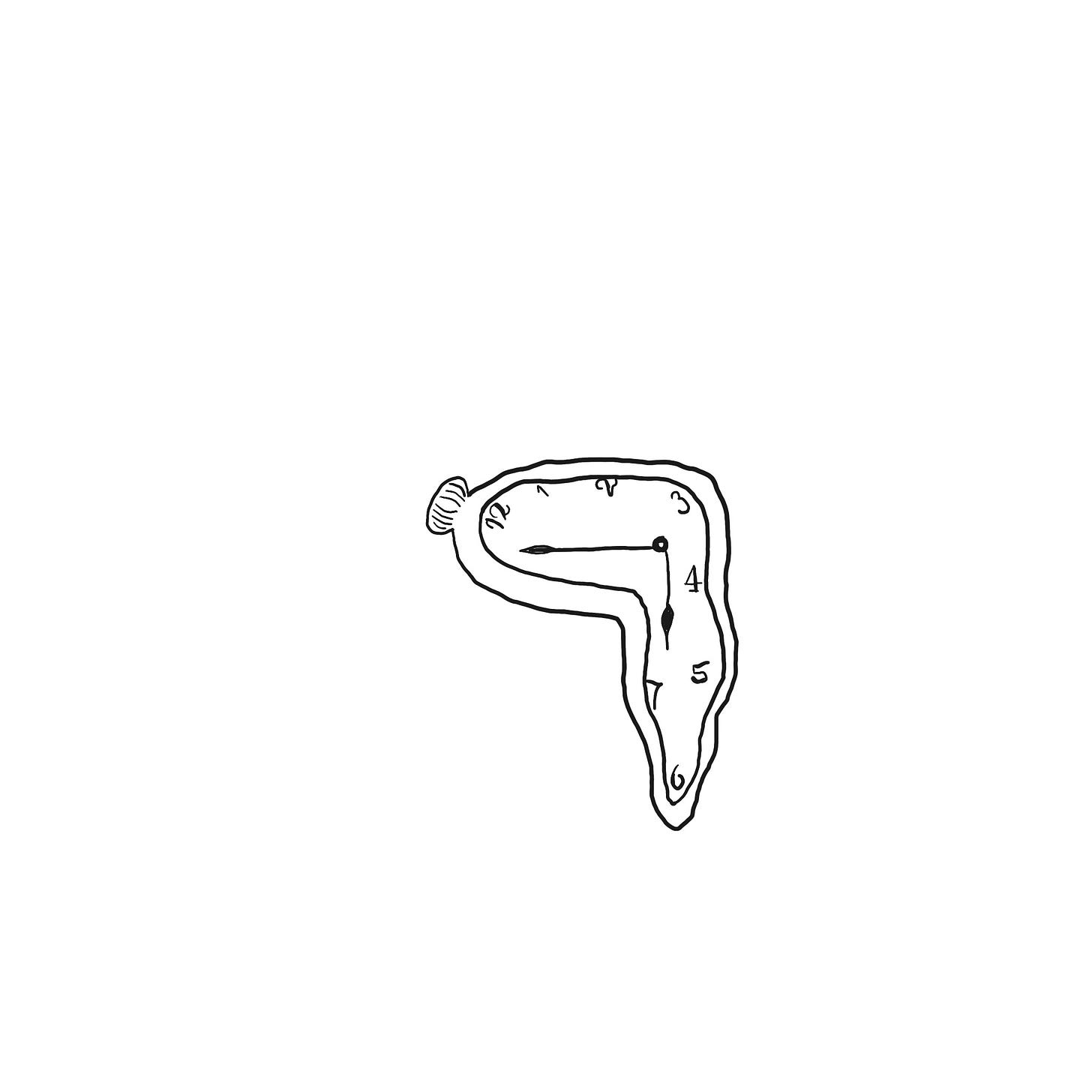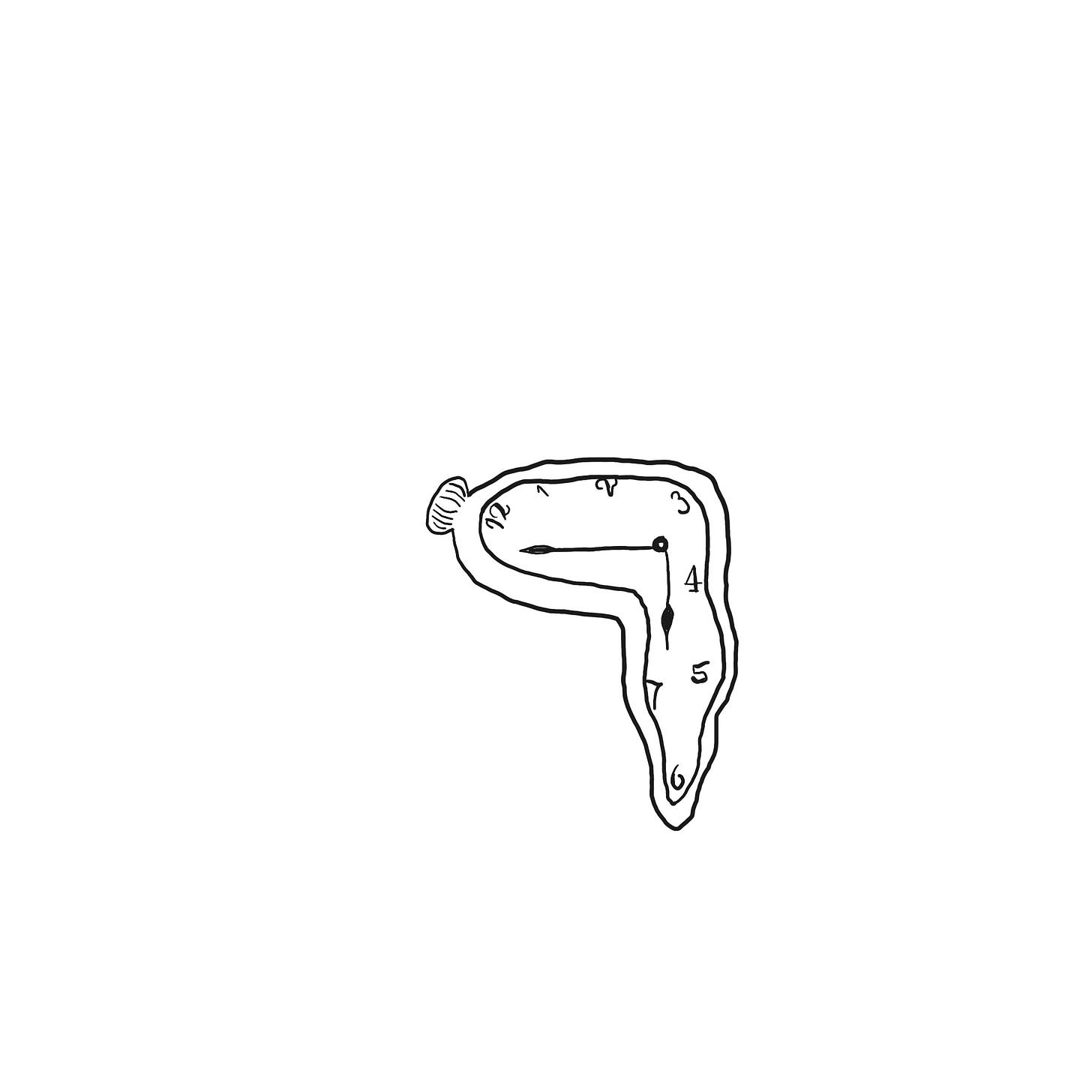Time Out: If You Have Nothing Nice To Say…
Why saying—and writing—nothing is sometimes best.
Whether it's a natural result of getting older, a product of not writing the date at the top of my school or university notes daily, a technology-induced time-warp, or simply down to the fact that I tend to set my own deadlines abiding by days of the week or hours of the day—as opposed to times of the month—I never seem to know when it is. I am perpetually shocked at what month we are in already, how many days we are through it, and, generally, have to check two or three times what year it is.
So, that I last posted something here in May, and it is now September is both shocking and unsurprising to me. What happened was sometime in late May, or perhaps it was early June, writing and I hit a bump in the road. It's not that I couldn't write; I just couldn't get through a sentence with logical coherence.
And although I am very good at ascribing levels of significance to things that aren't that deep, I am also good at taking a step back and recognising what the reality of the stakes really are. This Substack is, truthfully, low stakes. So after starting and stopping and growing frustrated and disappointed with a few Substack pieces I thought I would write, I turned my attention elsewhere.
I did client work. I surprised myself by completing a collection of fourteen essays for a competition, my only motivation for this being that I told some people in my writer's group I was doing this essay thing and then felt beholden enough to this throw-away comment that I saw it through. I did bad writing on my novel that made things worse and more complicated; on realising this, I let the novel rest for a while.
It was sometime in the midst of the essay writing project that things settled. I have heard a sculpting analogy used for writing: you start with an unformed lump of stone, you carve out a vague shape, chisel away at specific areas, diligently shape and refine, until you have moulded it into your desired form. Or, at least, a form. If my hypothetical sculpting abilities were anything like my writing process, it would resemble a chaotic, fractured, hot mess for the most part and then it would somehow piece together.
I have always been a messy, ragtag writer; I'd rather get something down—full of bad word choices and strewn with 'xxxxxxxxxxxxx'—my personal code for 'come back to this later'—than in line-by-line coherence. Ideally, I would like to be able to write line by coherent line, but I know myself, and if I stuck to this approach, I would never get past the first perfect word. Instead, I fuel my pieces by starting off fast and bad. I churn out and burn through enough shit until some sort of momentum takes over. And then there is something to work with—to rephrase, rejig, expand, and delete.
The initial drafts of the essays (and for the fourteen that I pulled together, there are at least another ten—half-baked, neglected, sat in my drafts) were written in what I can only describe as a fugue state. I was barely cognisant of what I was writing; I ambled from word to word, dissociated and distracted by the outcome. The second draft was not much better, but I had something down and, unattached to the outcome, I shaped and honed a little more. Perhaps it was somewhere during this re-reading and redrafting phase that I noticed the thematic coherence, repeated motifs, and shared ideas that linked one essay to the next and tied them together into a related whole. I've heard it said before that you shouldn't try too hard with themes when you write, that often they just emerge, and only at the end or when someone else points them out to you do you see it. It's one of those annoying, esoteric-esque pieces of advice, floatily telling you not to try too hard and trust the thematic fairies will work their magic, when what you really want is the step-by-fucking-step instructions of how to do motifs well. But, lo and behold, I guess there is something to it. Fourteen pieces replete with reference to slippery linguistics, the role of names, images of homes.
What I had wasn't writer's block, per se. Perhaps it had a flavour of that at the beginning, but it was less a block than a mental jumble that had taken over—triggered by a holiday, in fact, one I was sure was nice, until I got back and found my writing self in existential catatonia. And at some point, it reoriented itself, and here I am: writing with a loose sense of flow that I depend on to be able to spin words into sentences, sentences into sequential paragraphs, that form the beginning, middle, and end of the thing I set out to do.
In the past week, I have received Substacks from Roxane Gay on her five years of writer's block, Mary Gaitskill announcing a hiatus because balancing her Substack with a fictional project was hindering her writing, and Substack HQ with a guide titled 'Posting Consistently: when to publish' where they say things like 'buil[d] an editorial strategy to undperin your output', '[a]fter studying the growth of thousands of publications, our data team recommends…', and '[y]our growth is tied to your output'. They're not wrong. But, also, are they right?
To give absolute credit where credit is due, this message from Substack had balance in it, spoke about defining your specific goals, and gave some nice pieces of guidance recognising different writers' habits. And, I won't go on a tired tirade about how we all want things like clockwork, how blogs then social media accounts, and now indie podcasts have fallen into the trappings of having to mimic traditional media conglomerations where a large staff and rotation of contracted creators ensure that putting out their product in line with a consistent time schedule is possible... But you get my gist. Writing is fickle. When you are a writer, you must balance choices about what is best for your writing and best for your audience/consumers/clients.
I suppose I reached the conclusion 'if you have nothing nice to say, don't say anything at all'. Essentially, when my brain was a mumbling sludge pit I could have written something for here but it would have been mumbly and sludgy. It would have been sending this out for the sake of that. It would have lacked authenticity. (On the flip side, client work is non-negotiable. But it's also removed from the personal). And, I'm not a fair weather writer—but as I said before, in this space with this meagre handful of subscribers, the stakes were low. Other writing had actual stakes, so I did that. I hope, for my own selfish sake, I can gather momentum again—but in my experience, nothing stops the flow in its track quite like pressurised self-expectation. And, of course, when it comes to Gay and Gaitskill, there are different stakes—their subscriber count reaches into the tens and hundreds of thousands, a fair chunk of whom pay. But a Substack is also not a media conglomerate; it is autonomous—even with an audience to serve, it still has to work for its masthead of one.
And this is a long way of saying I am back, hopefully with some semblance of consistency—but, also, only when I have something 'nice' to say.




